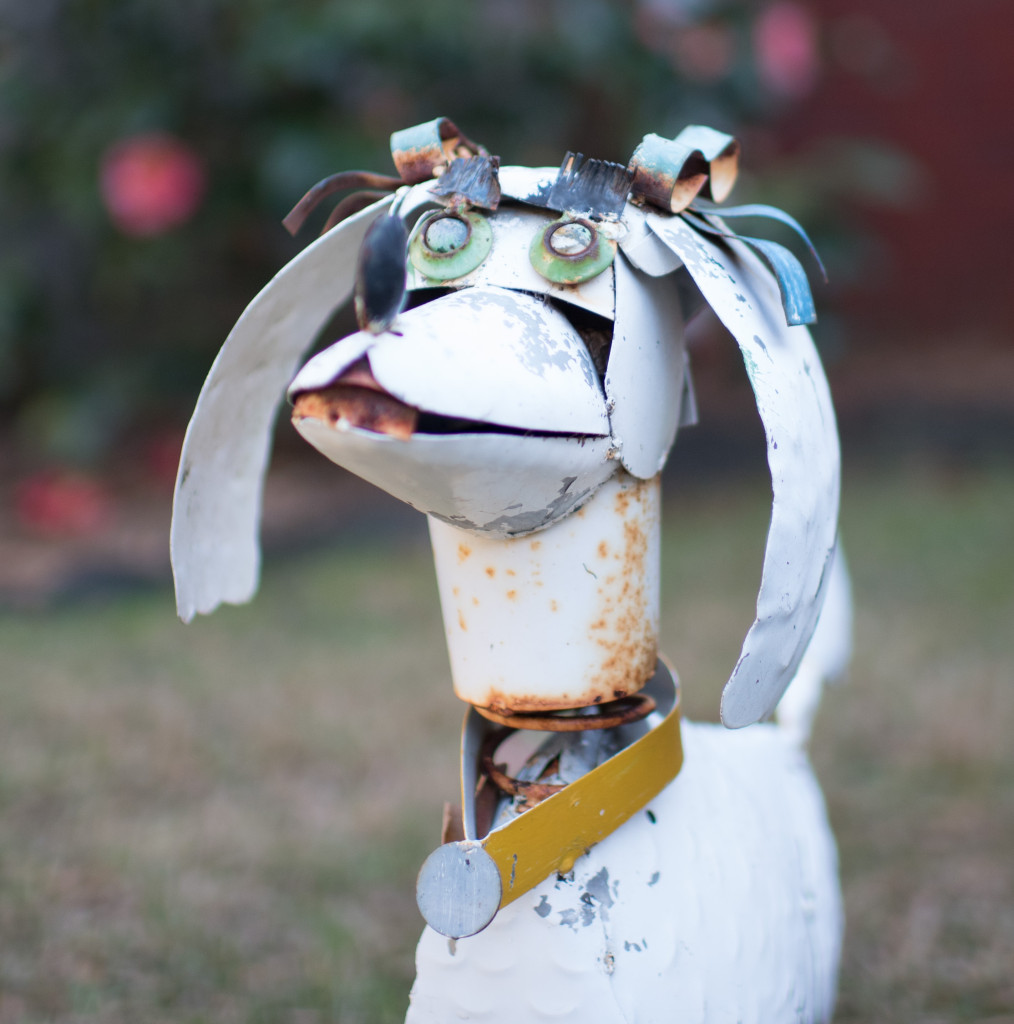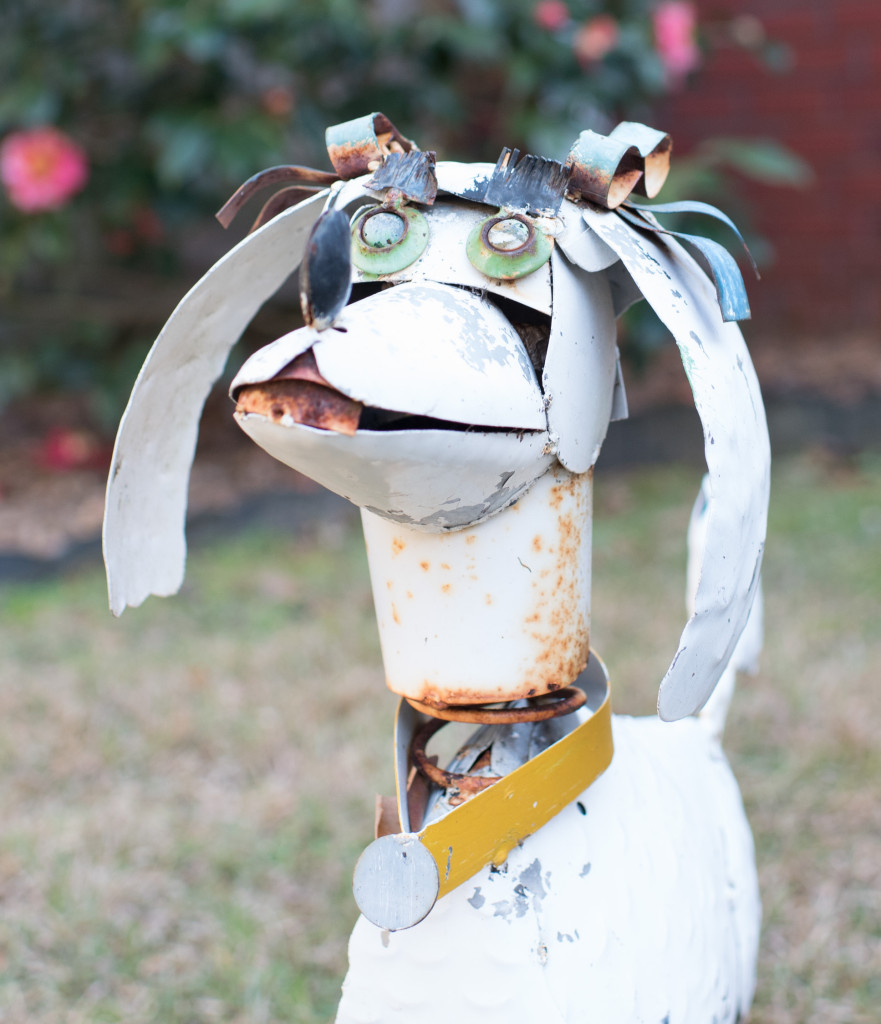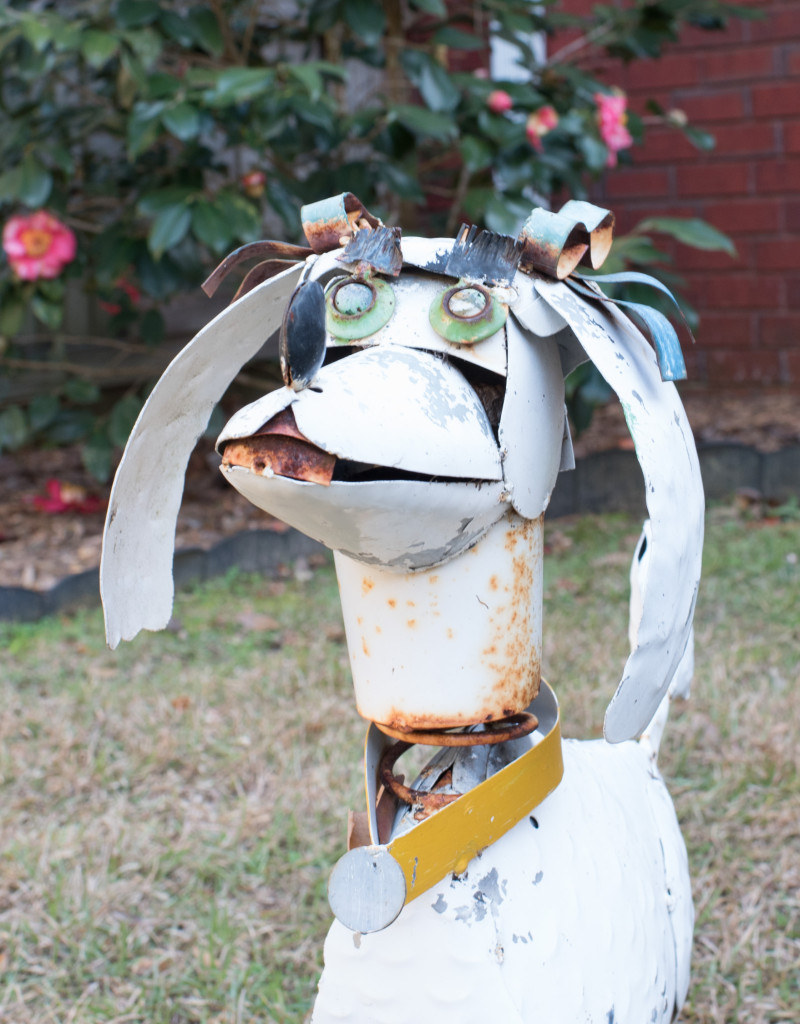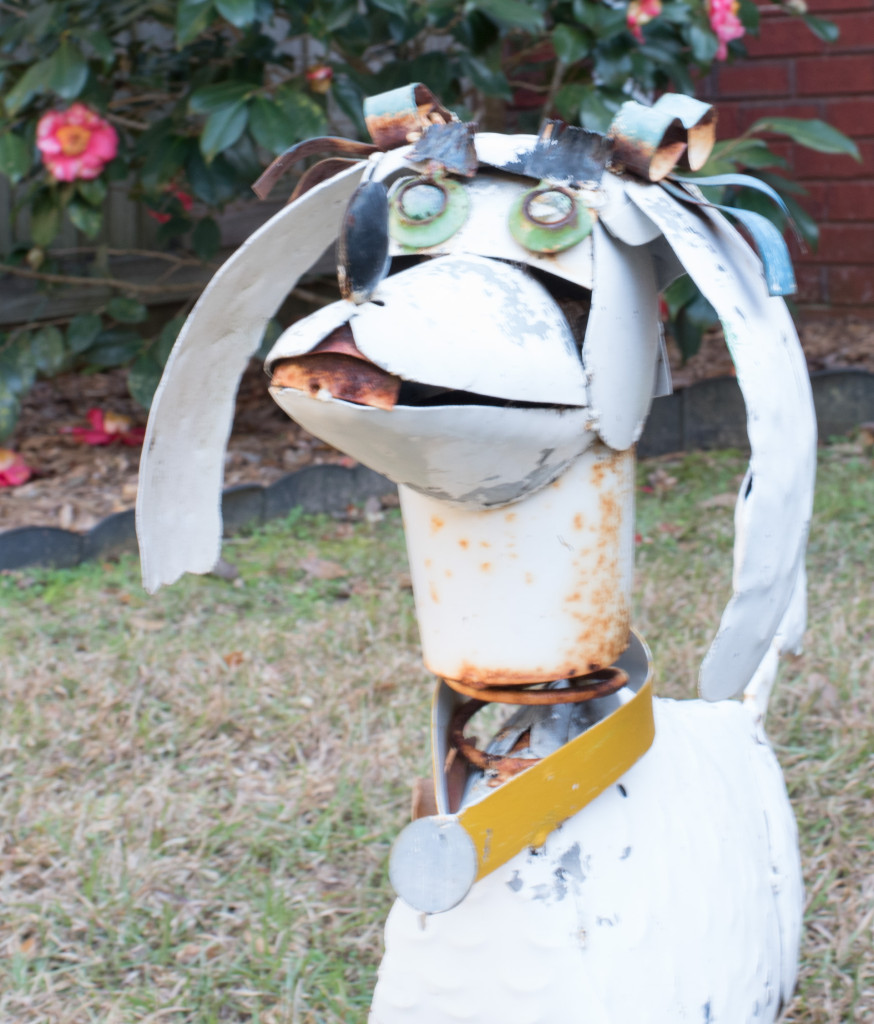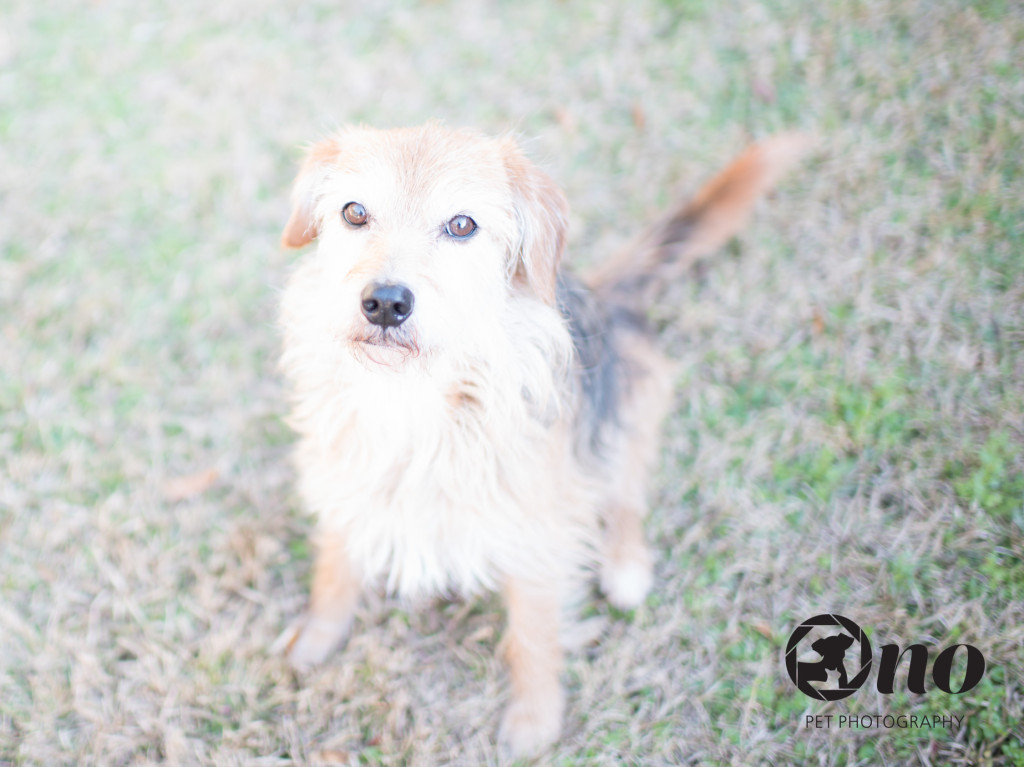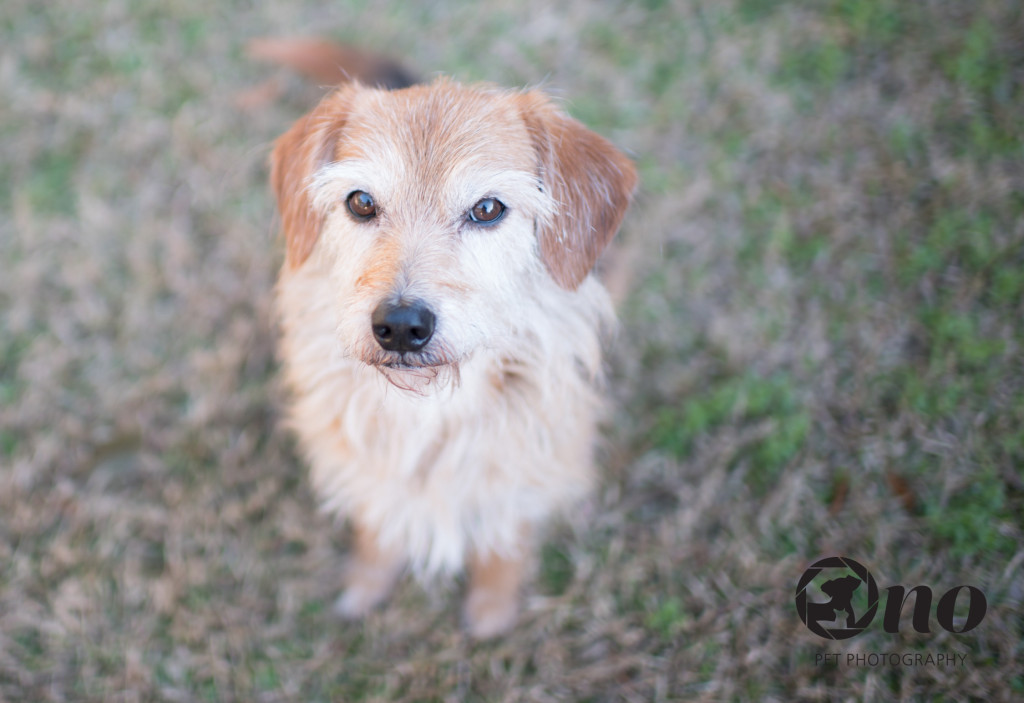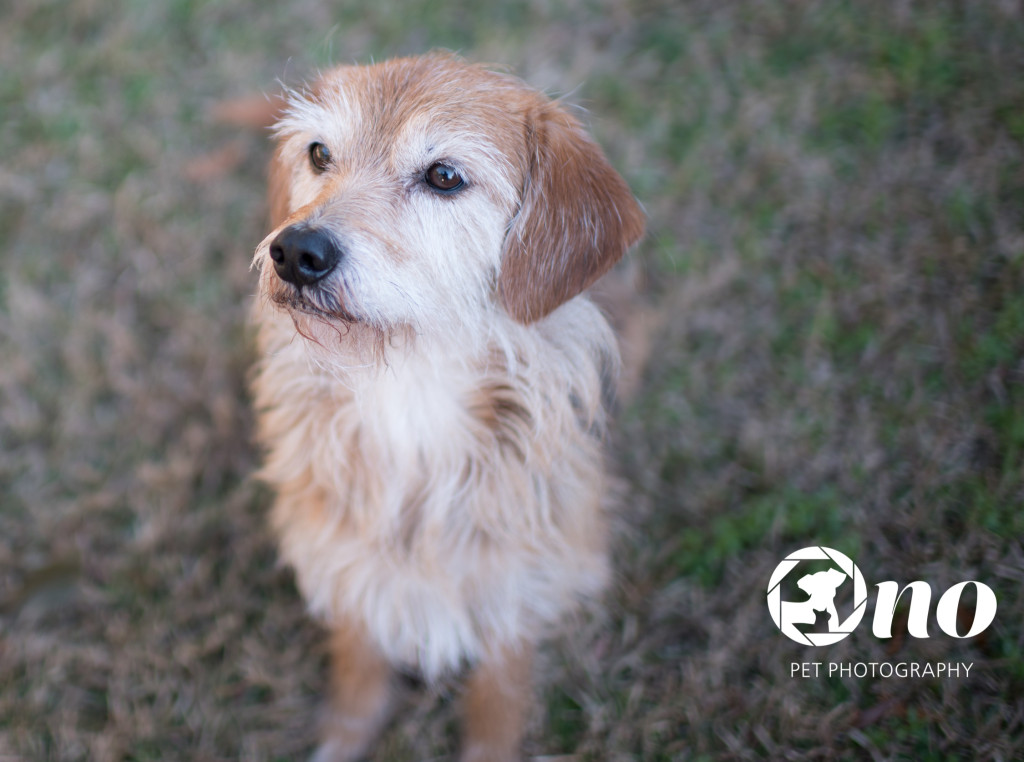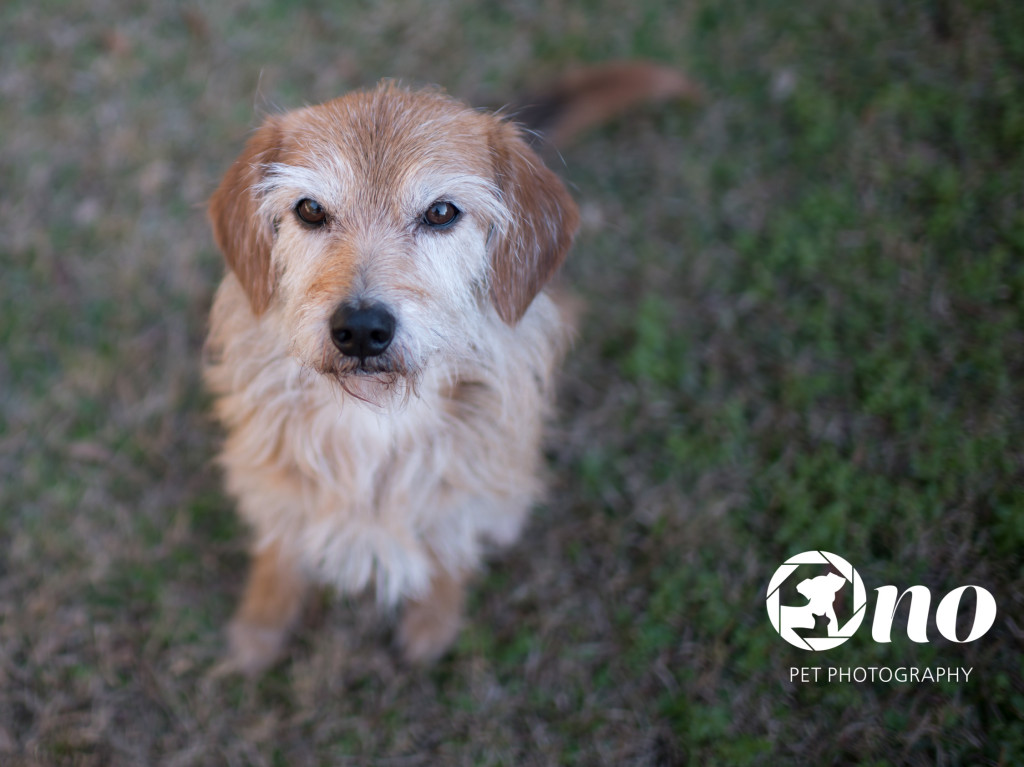The task we had this week is Chapter 10 of “The Visual Toolbox”, namely, Wide-Angle Inclusion. We are to use a wide-angle lens, but not wider than 14mm nor fish-eye and give examples of the types of composition you get at various distances.
My go-to lens for the past year has been the 35mm prime. I use it for almost everything. All my shelter photographs are shot with that lens, pretty much all events are shot with that lens, and most of my client shoots are with that lens. Why? It’s sharp, it’s clean, and I get a lot of exercise by physically using my legs to zoom in and out with that lens. While the exercise is a residual effect, your legs are the zoom feature of a prime lens. For this assignment, I also used my 24-70mm lens, but stayed at 24mm.
The first set of photos below are of my Chloe using the 24mm lens. For the first shot, I’m about 6-7 feet away from her. For the second shot, I’m about 3-4 feet away from her. For the last shot, I’m about 2 feet. My only crop was the left and right, not the top and bottom so that you could still see the result from the particular distance. You can see that there’s still plenty of unnecessary background with them, even the 3rd one. I probably could have lowered my aperture and went a little closer to get close for a blurred background I would have preferred.
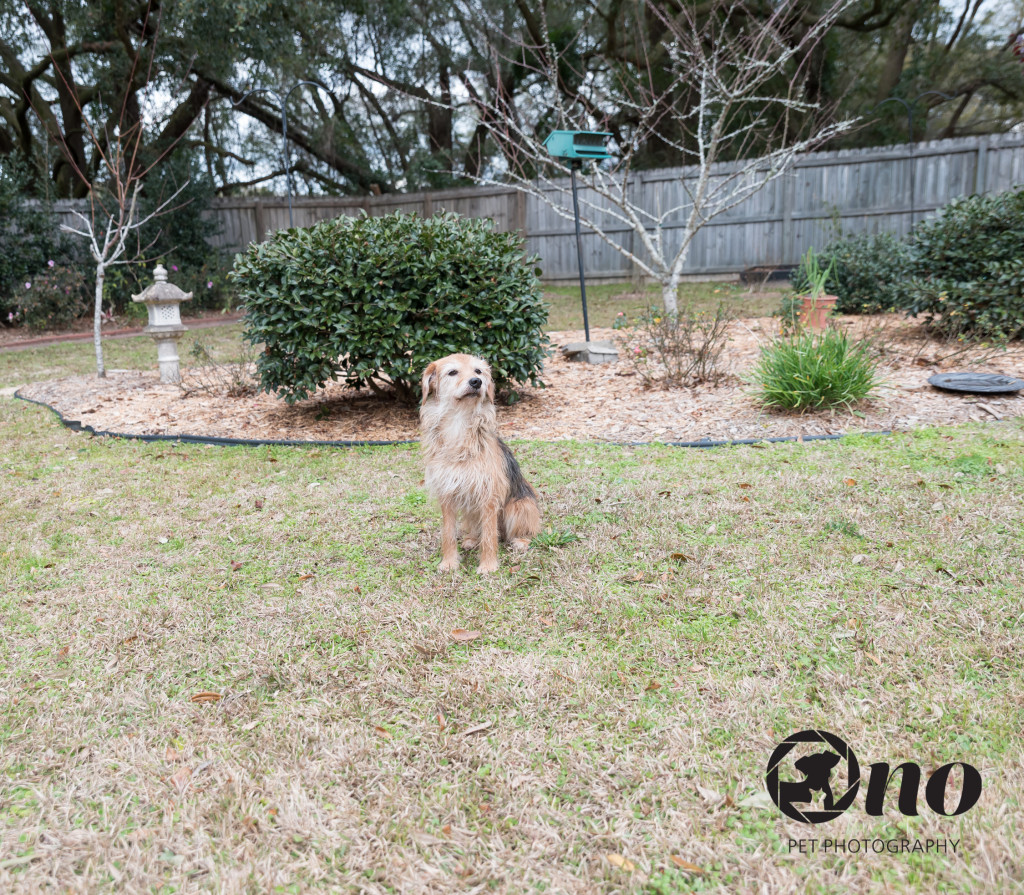
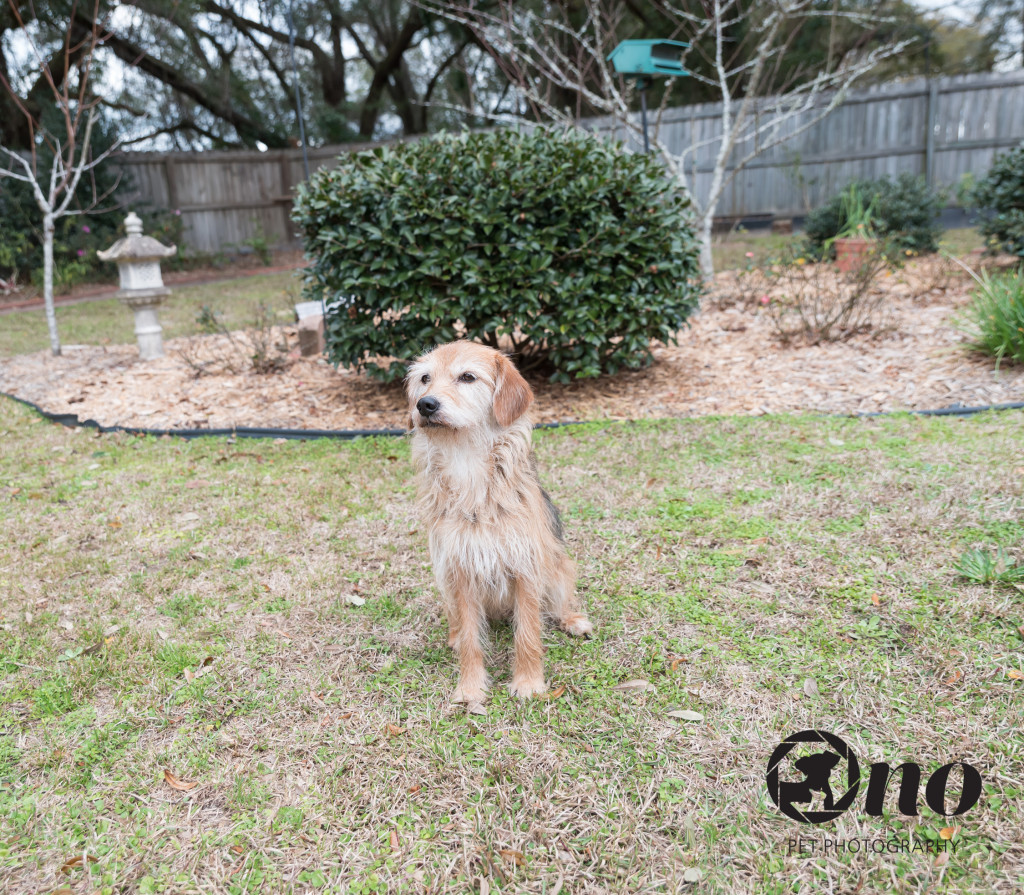
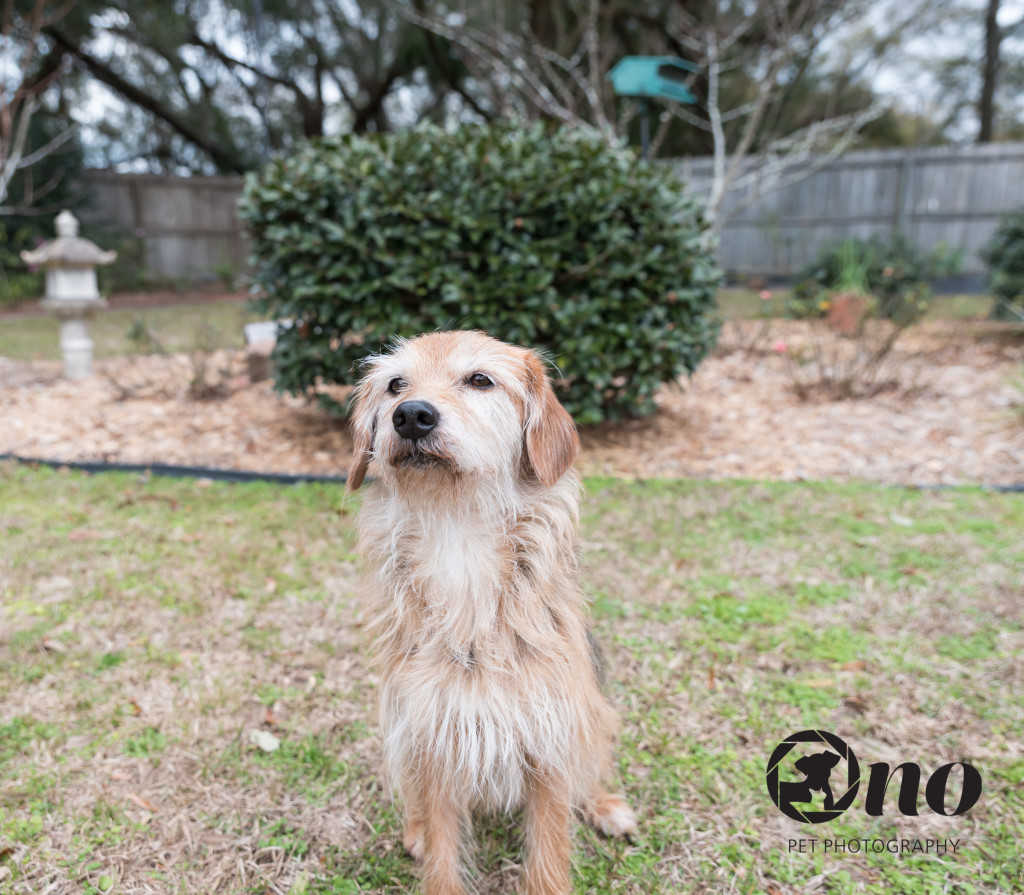
For the next set of photos, I used my go-to 35mm lens, at the same distances.
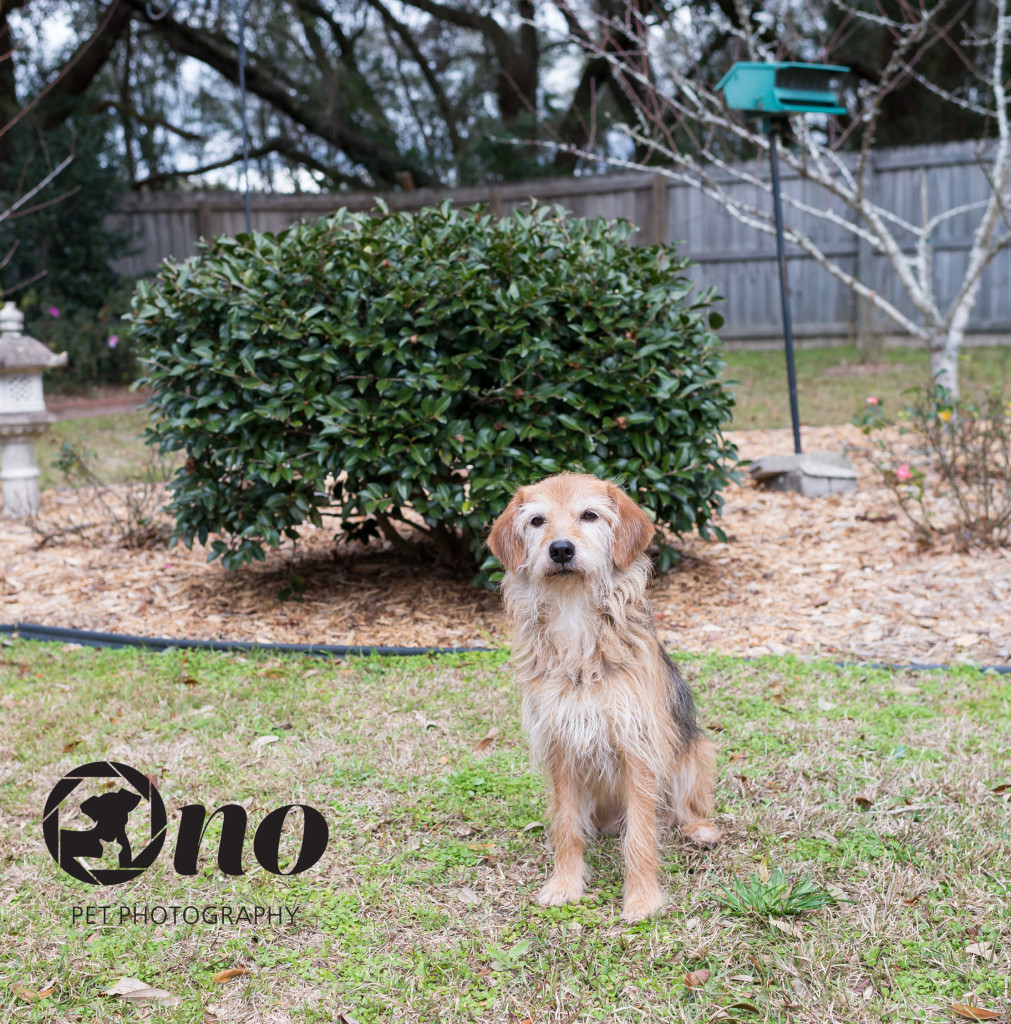
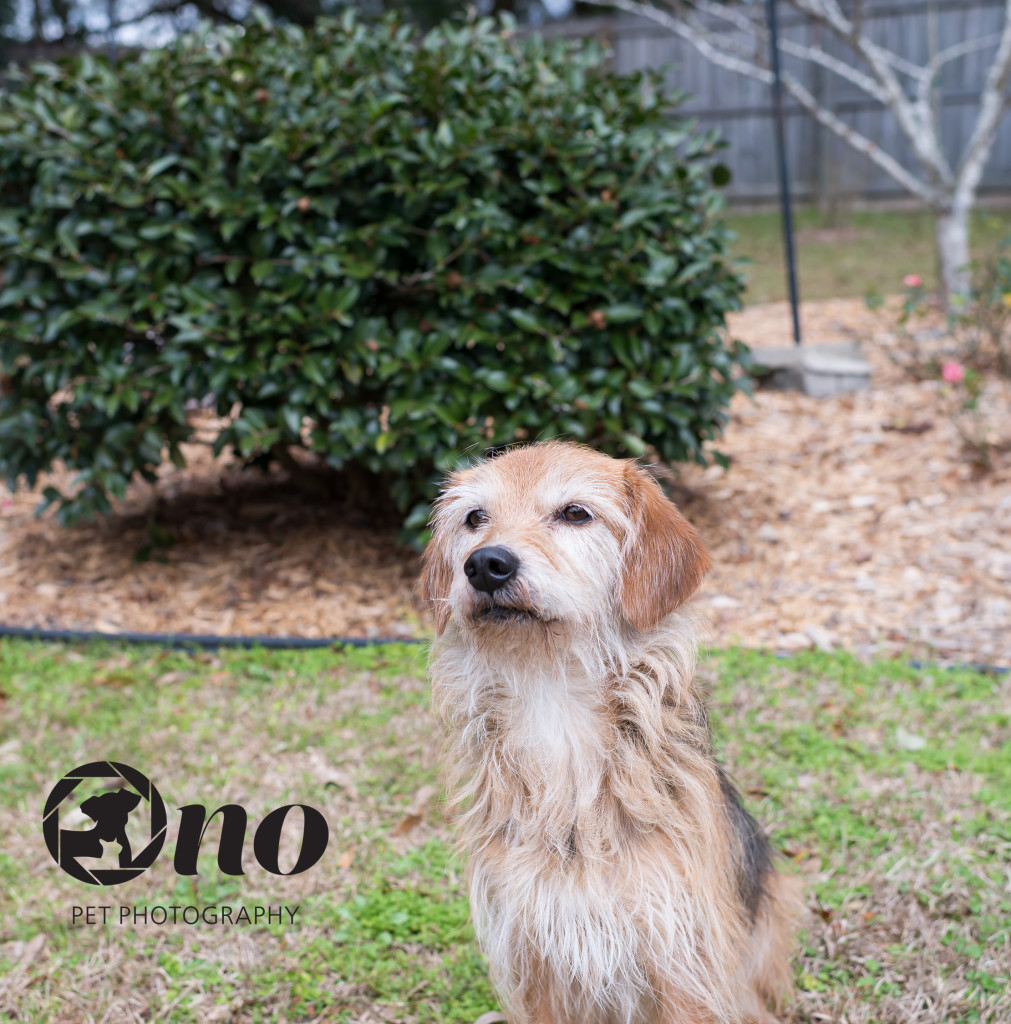
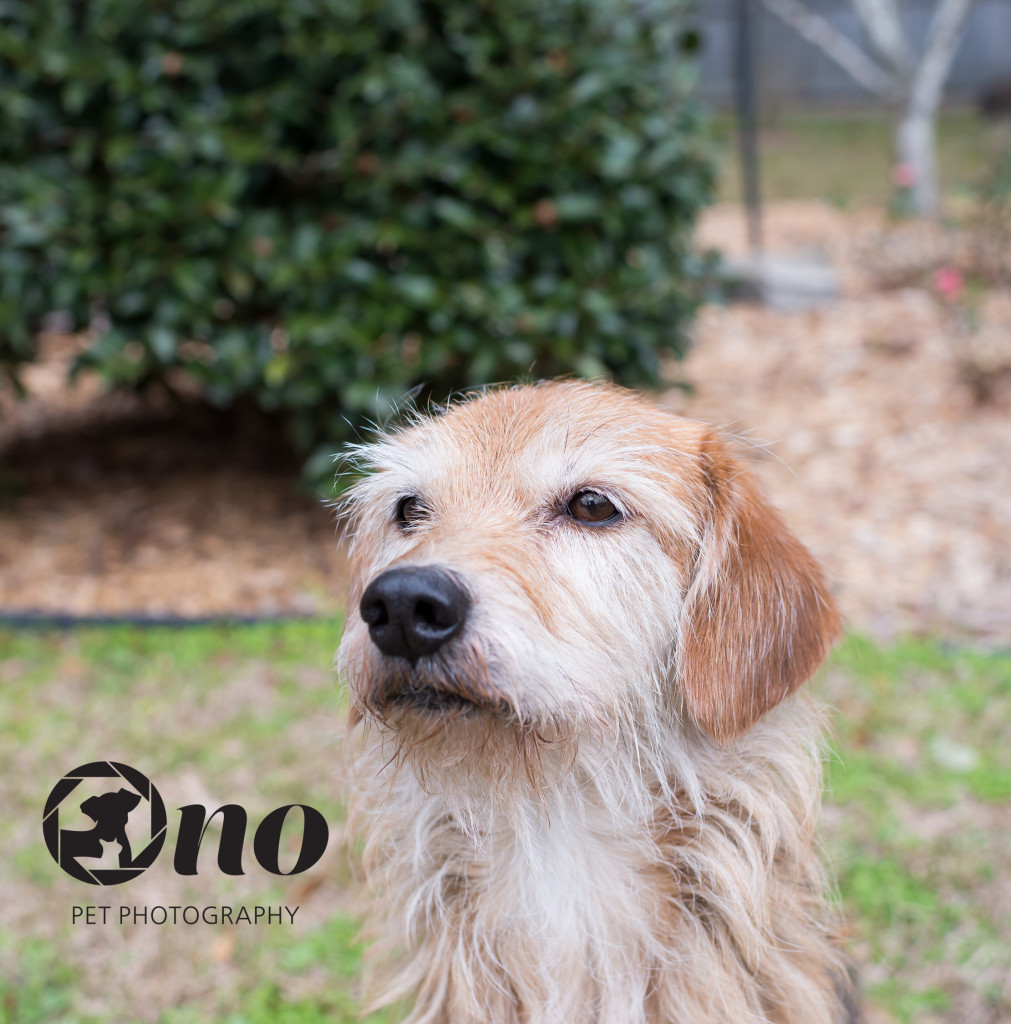
For my purposes, based solely on these photos, I prefer the 35mm as it spotlights Chloe better. Of course, everything depends on what I would want to include in the photograph. If there had been a fabulous background and want to spotlight her in that background, then I might have gone back farther and not be so close. Also, by not zooming, there isn’t that much compression. However, for both lenses kept at 24mm and 35mm respectively, I had to use my legs to zoom in and out.
Now click over to Pets We Love, Toronto & Collingwood Ontario Pet Photographer, Cynthia Wood for her take on this week’s assignment.
